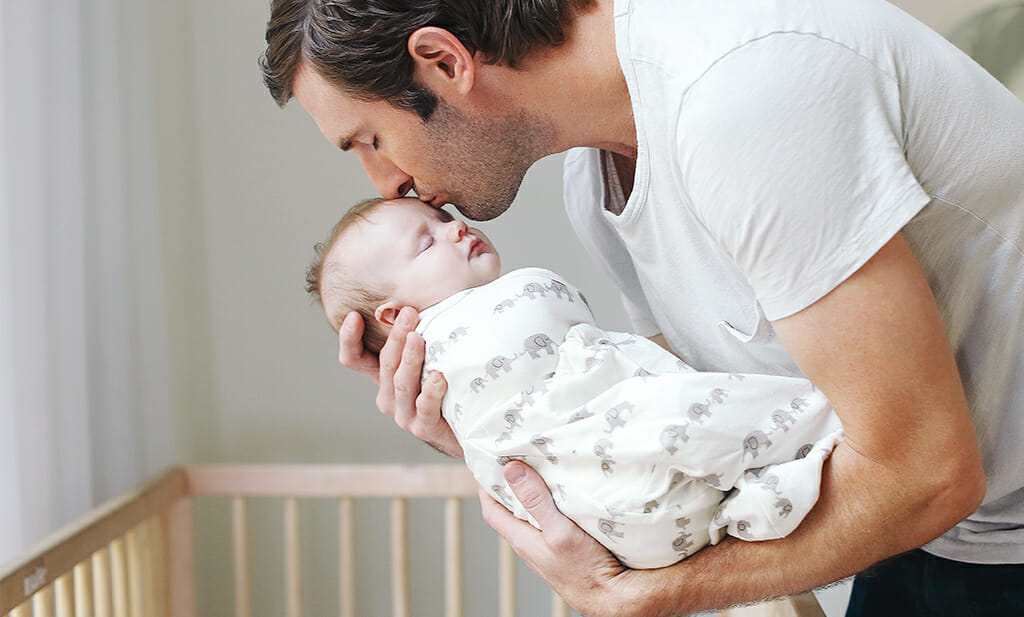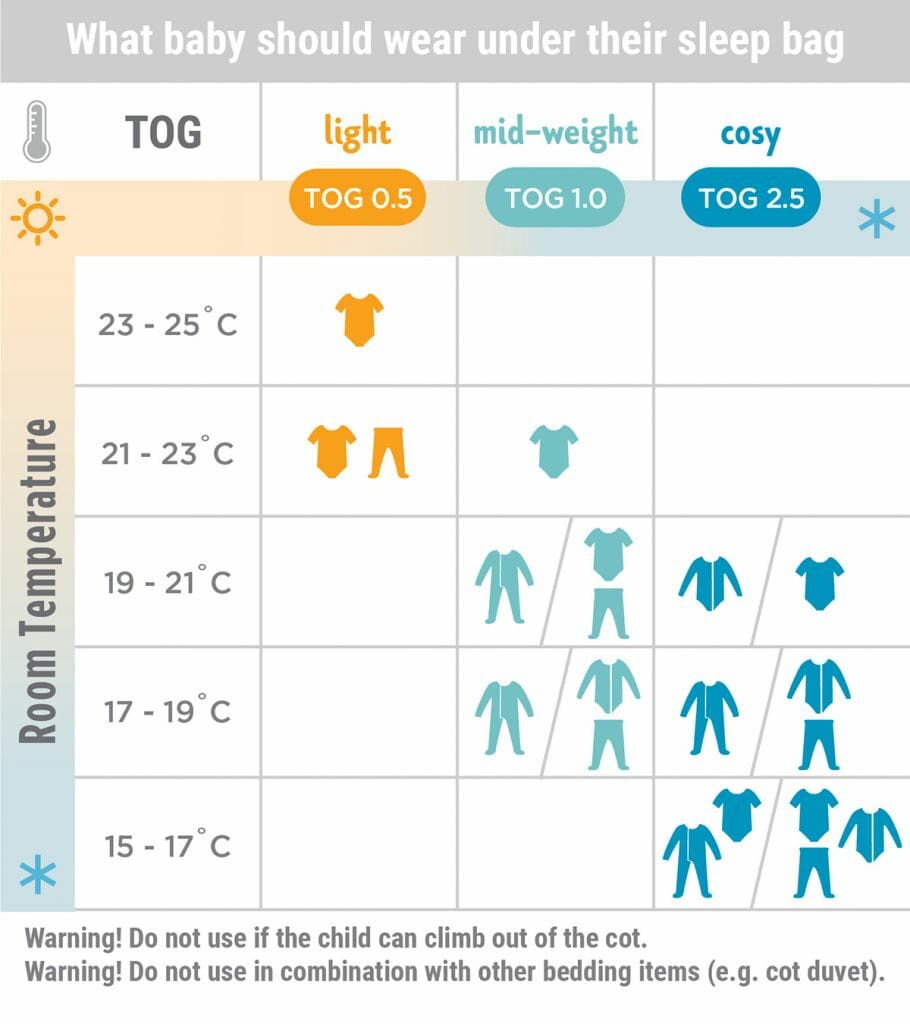
We share our top three tips to prepare your little ones for daylight savings
We are reaching that time of year when we set our clocks back an hour to be ready for daylight savings. In theory, this means everyone will have one extra hour of sleep. However, this doesn’t work for babies and small children. The time change is not so easy for them to understand, especially if you always do your feeding and bedtime routines at the same time. You just might not be able to enjoy the extra hour on Sunday 30th October.
Don’t worry, we have some handy tips to make the hour time change easier for everyone.
Babies need their rhythm
Babies and toddlers sleep- wake rhythms are quite sensitive, especially when routines are changed. This is true for babies especially during their first six months. It is important to remember that babies and toddlers have a different range of sleep needs.
With daylight saving ending, some babies and toddlers may be affected more than others. For example during the winter months, if your child wakes up at 7:00 a.m., it will shift to 6:00 a.m. This means your child might get tired earlier in the day and may be more cranky than usual. That’s why sleep experts and midwives advise you to start preparing your baby for the time change up to a week in advance.

The top three tips to help with time change for babies and toddlers
1. Starting a week before the clocks go back, put your baby to bed 10-15 minutes later than your normal time. As they settle into their new bed time, gradually increase the time. Keep all other aspects of your bedtime routine as normal. This way your baby will notice less that something has changed and within a week you will have easily compensated for the one hour.
2. During the morning whilst your baby is asleep, keep the bedroom dark and warm, ideally between 16-20 degrees. When they are due to be woken, use natural light to show them that a new day is starting, even though it might still be dark outside.

3. Adjust nap times according to your new routine. From four months, your baby should be awake for at least two hours before taking a nap. From 6 months, 3 to 3.5 hours and from 12 months, about 4.5 hours. Adjust your daily rhythm bit by bit to keep these intervals
It is important not to expect too much from your baby. Be patient, it may take a while for your baby to get used to winter time. You can try to keep your baby awake longer, but don’t ignore the signs of tiredness. Once your child is overtired, it will be even harder for you to put them to bed.
Top tip: Check your using the right TOG swaddle or sleeping bag during the winter months. You can check out our handy guide for making sure you’re dressing baby in the right clothes under their sleeping bag:




